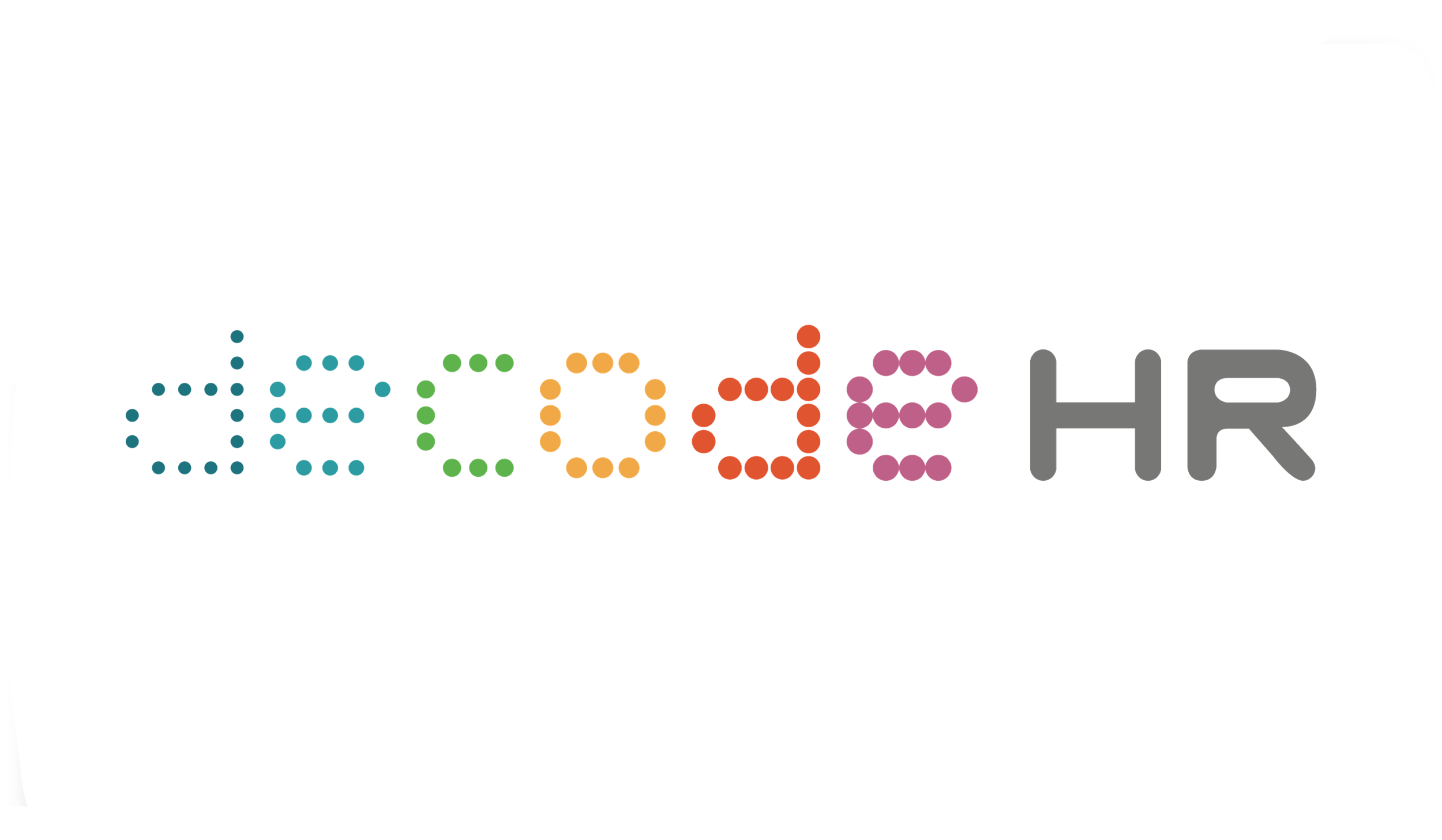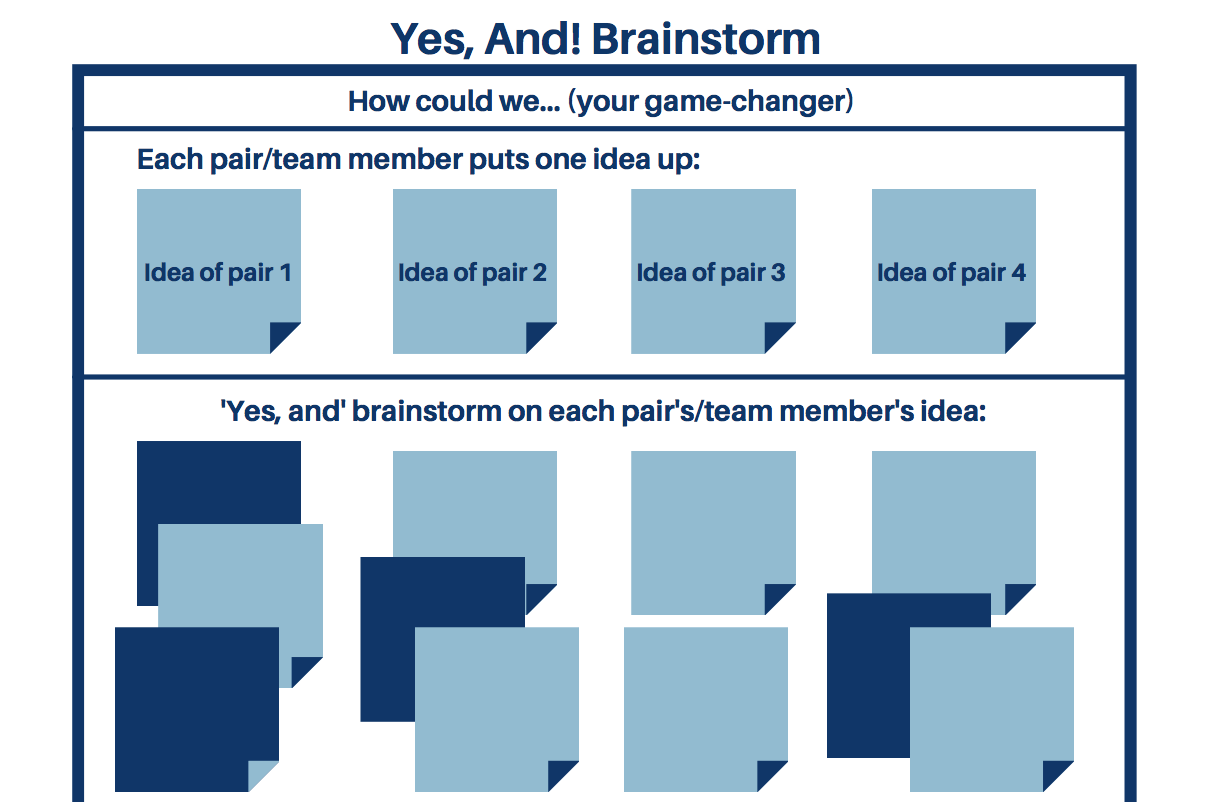Redesign your Total Rewards Program using Design Thinking
Reading time: 5 minutes
Today we would like to explain how you could shape a design thinking project and which processes are involved. We're using the Stanford way of design thinking for this one. This design process consists of five essential phases of creating a solution from the point of view. These are: empathise, frame the opportunity, ideate, prototype, and test. Everyone in your team should be willing to participate in this for optimal results.
The point of view
In design thinking, the point of view, or POV, is a written, actionable statement that expresses the problem that your team is trying to solve. Say you had a chat with one of your clients who is struggling with an HR-related issue. During that chat, an 'aha' moment struck you; you just created your point of view. From that point of view, you start the design process.
Empathise: Understanding the pain
You're aiming to create a solution for your clients, so naturally, understanding them is crucial. Learning their values, underlying challenges, and context enables you to tailor your solution to their needs.
Redesigning your total rewards strategy
When it comes to rewarding workers for their effort, we can consider several things. A fair salary is probably the first thing to come to mind. And yes, that's important. Additionally, the work environment, culture, colleagues, management, facilities, and many other aspects of work affect perception and behaviour. We need to consider such elements in our total rewards program, hence the term 'total reward'.
So, where should we start? If we wish to follow Stanford's way of design thinking, we first require a complete understanding of our target audience:
For whom will we design this program?
What are we seeking to understand?
How can we empathise with them?
Who should we invite to interview?
It's worth having a clear overview of your design cycle where the team's customers, goal, and ideas are apparent. One example of this design project's objective could be: redesigning our total rewards program to be innovative and one that people value, leading to enhanced employee experience.
Frame the opportunity: Interview your target audience
Next up, talk to your target audience. Let's say our target audience, from an HR perspective, is our employees. Set up empathy interviews and ask them about their experience, thoughts, what makes their work enjoyable, what are not-so-good-aspects of their work, and seek to understand that person's thinking and feeling deeply. Refrain from attempting to solve their problems and giving advice or your opinion. Our goal is to understand our employees on a deeper level to redesign a total rewards program to their needs. Learning from their experience empowers us to create a program that not only meets their needs but exceeds them; at least, that should be our intention. In return, work experience increases, making employees happier and more driven to contribute to business success.
After interviewing workers, take the time with your design team to address your findings. Ask yourselves, for instance:
What surprised you the most?
Have you noticed any tensions or contradictions from what was said?
Share each other's insights and discoveries and develop a point of view. Use the format below.
Ideate: generating ideas
The time for generating ideas has come. Prepare yourselves for a good brainstorm session. For this, we use the 'yes, and' brainstorm format, which encourages teammates to buildup on ideas rather than disregarding them. You may first brainstorm individually or in pairs, then each teammate or pair puts their best idea on the board. Now we should have a wall decorated with total rewards ideas from each pair (see image).
Now start brainstorming on each pair's idea with the whole team. Build upon the ideas and get inspired by each other's ideas (see image). Let your thoughts run free; try to push views on ideas' feasibility aside for now. Remember our goal: redesigning our total rewards program to be innovative and one that people value. To innovate, we need to keep an open mind. A best practice for effective brainstorming is setting time limits for each brainstorm session as 'time pressure' stimulates creativity. After a good brainstorm session, it's time to vote on which idea is most likely to be a 'game-changer' or, in our case, will lead to the ultimate total rewards program. Don't forget; we can always combine ideas if everyone agrees.
Prototype & test your idea
Prototyping will help us determine how our target audience receives our ideas and provides input to improve our concept. Before building a simple prototype, we must first identify our concept's key features and make a prioritised list of those features in terms of user experience and the likelihood of achieving our goal. We then select one key function to prototype and test out.
Let's take Apple Pay, for example. They might have thought it would be a game-changer if people could pay within seconds using their phone. One key function would be paying by phone. To do that, users first need to link their bank card to their phone. One possibility is to prototype the steps users need to take to link their bank card to Apple Pay successfully. Back to redesigning our total rewards program: what is our key function, and how can we prototype it? We can choose to build it digitally or with everyday materials, such as paper, depending on what we want to test. For software, for instance, we could design pages with non-clickable buttons to see if people would understand what they have in front of them and what to do.
Now that we have built our prototype, we proceed to place our concept in context. Brainstorm which places to visit to perform our key function to our target audience: employees. Think about what you need to do in that place to bring the key feature to life. Present your prototype to your employees and ask them to use it and see if they understand it. Write down all valuable experiences and collect feedback from them. Remember, the whole design process is a loop, and we alter our concept based on what we learn at each step. When we reach a point where we genuinely believe this idea has great potential, we can start thinking about realising that idea. That, however, is for another time.
For some current insights on the rewards scene, please click here to access the full recording of our webinar ‘Rewards Strategies for 2021 & Beyond’ & accompanying materials.
You may also access a sandbox environment within our partner Laserbeam’s Compass which will be made available as part of a free trial!*
*limited spaces available
[Article migrated from dcHR.tech]





